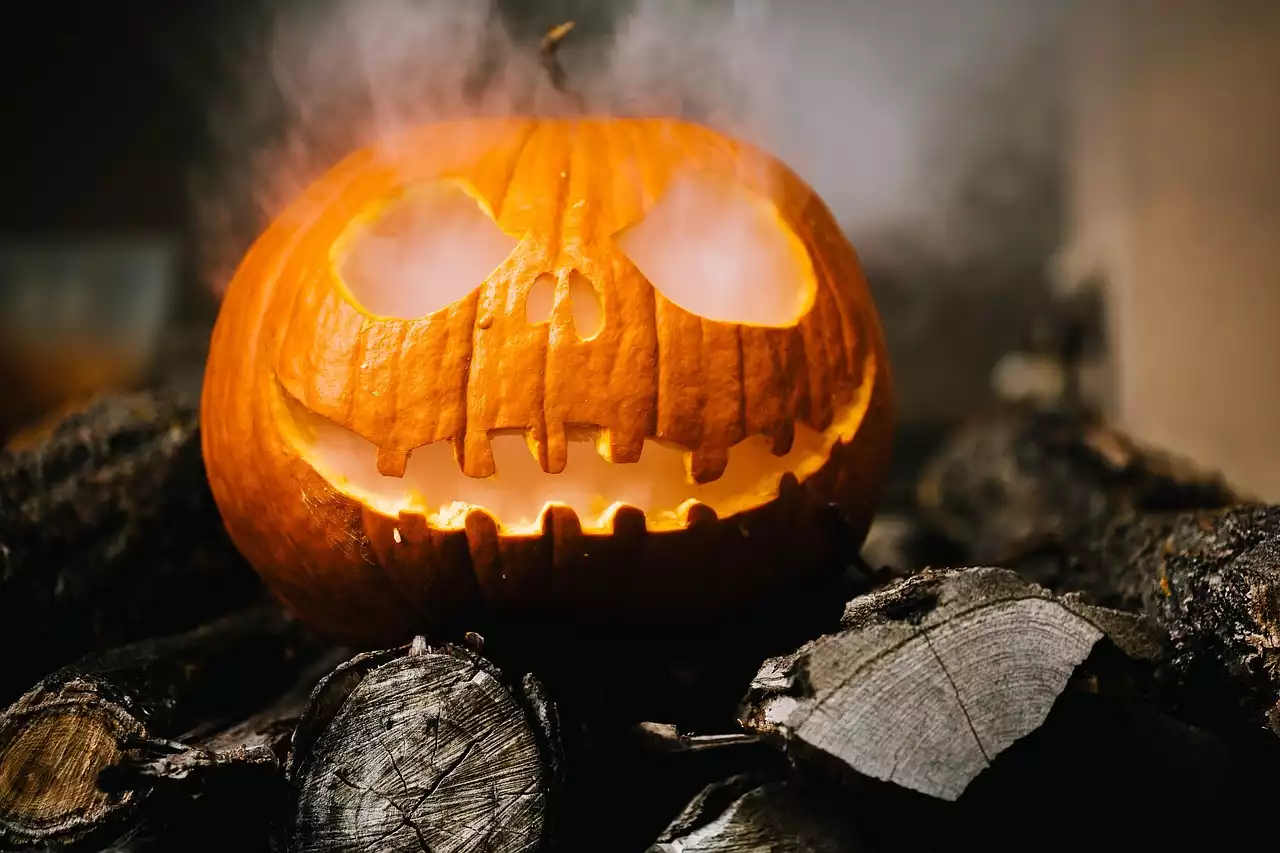The Origins of Halloween
The origins of Halloween can be traced back to the ancient Celtic festival of Samhain. Samhain was a festival that was celebrated on the night of 31st October in Ireland, Scotland, and the Isle of Man. It was a time when the ancient Celts believed that the boundary between the world of the living and the world of the dead was blurred, and the dead could return to the world of the living. The Celts would light bonfires and wear costumes to ward off evil spirits.
When Christianity spread throughout Europe, the church tried to replace pagan festivals with Christian holidays. In the 8th century, Pope Gregory III declared November 1st as All Saints' Day, a day to honor all saints and martyrs. The night before All Saints' Day became known as All Hallows' Eve, which eventually evolved into the Halloween we know today.
The Evolution of Halloween in America
Halloween was not widely celebrated in America until the 19th century. The holiday was brought to America by Irish immigrants who were fleeing the potato famine in the mid-1800s. Halloween became popular in America during the early 20th century, and it was during this time that many of the modern traditions that we associate with Halloween were established.
Lesser-Known Fact 1: The Role of Turnips in Early Halloween Celebrations
While pumpkins are now the most popular vegetable to carve on Halloween, in Ireland and Scotland, turnips were traditionally used. The tradition of carving turnips dates back to the ancient Celtic festival of Samhain. The Celts would carve turnips and place candles inside them to ward off evil spirits.
When Irish immigrants came to America, they found that pumpkins were more readily available and easier to carve than turnips. Pumpkins eventually replaced turnips as the vegetable of choice for Halloween decorations.
Lesser-Known Fact 2: The Connection Between Halloween and the Day of the Dead
The Day of the Dead, or Dia de los Muertos, is a Mexican holiday that is celebrated on November 1st and 2nd. The holiday is a time to remember and honor loved ones who have passed away. While Halloween and the Day of the Dead are two separate holidays, there are some similarities between the two.
Both holidays involve honoring the dead and acknowledging the existence of the afterlife. In some Latin American countries, Halloween is actually celebrated as part of the Day of the Dead festivities.
Lesser-Known Fact 3: The Impact of Immigration on Halloween Traditions in America
As Halloween became more popular in America, it began to evolve and change. One of the biggest influences on Halloween traditions in America has been immigration. Different cultures have brought their own traditions and customs to the holiday, which has helped to make it the diverse and eclectic holiday that it is today.
For example, the tradition of trick-or-treating has its roots in the British and Irish practice of "souling." Souling involved going door-to-door and offering prayers for the dead in exchange for food. As the tradition spread to America, it became associated with Halloween and evolved into the modern practice of trick-or-treating.
Lesser-Known Fact 4: The History of Trick-or-Treating
Trick-or-treating as we know it today has its roots in the early 20th century. In the 1920s and 30s, Halloween became a holiday that was focused on children. It was during this time that the modern tradition of trick-or-treating began to evolve.
Trick-or-treating was initially a way for children to play pranks on their neighbors. They would go door-to-door and ask for treats, and if they didn't receive any, they would play a trick or prank on the homeowner. Over time, the pranks became less common, and the practice of giving out treats became more widespread.
The History of Trick or Treating
Lesser-Known Fact 5: The Influence of Popular Culture on Modern Halloween Celebrations
In addition to the traditional Halloween customs and traditions, modern Halloween celebrations have been heavily influenced by popular culture. Horror movies, television shows, and books have all had an impact on the way that we celebrate Halloween.
For example, the popularity of horror movies in the 1970s and 80s led to an increase in the number of haunted houses and other scary attractions that are now a staple of Halloween celebrations. Similarly, the popularity of superheroes and comic book characters has led to an increase in the number of people who dress up as their favorite characters on Halloween.
The Enduring Popularity of Halloween
Halloween is a holiday that has a rich and fascinating history. From its ancient pagan roots to its modern-day celebrations, Halloween has evolved and changed over time. While the holiday has been heavily influenced by popular culture, it still retains many of its traditional customs and traditions.
Despite its sometimes spooky and macabre themes, Halloween continues to be a beloved holiday that is enjoyed by people of all ages. Whether you're carving pumpkins, dressing up in costumes, or handing out candy to trick-or-treaters, Halloween is a time to have fun, be creative, and celebrate the spirit of the season. So, this Halloween, embrace the spooky and mysterious nature of the holiday, and enjoy all that it has to offer. Happy Halloween!









